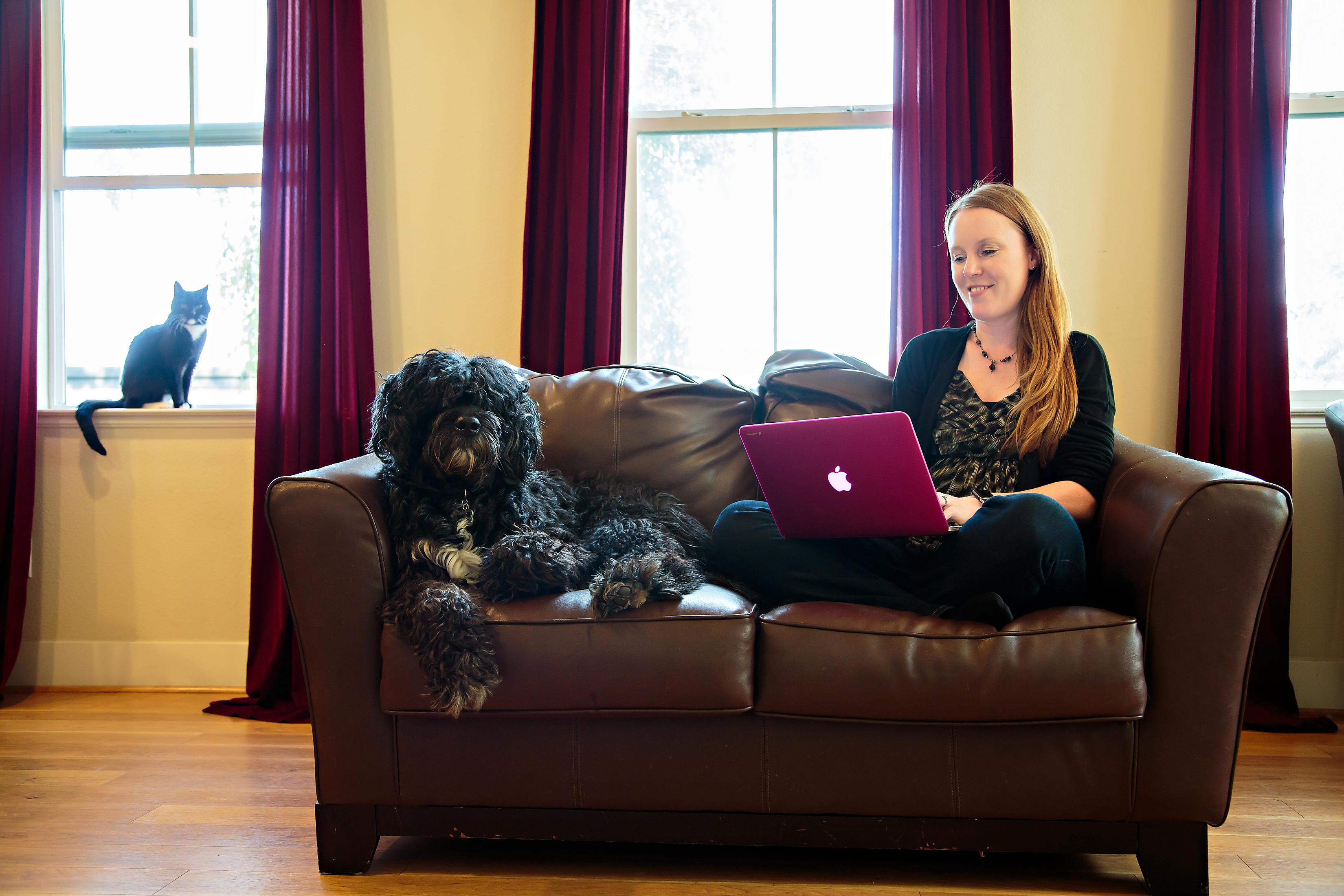The Question Bullseye
Clarify your project by exploring what’s central in the idea for you. What makes this project the right one for you, right now?
Style
Special Agent
Skill
Asking Questions
Time
10 minutes
THE ATTIC:
The Question Bullseye
A little thinking at the beginning of a project can save you a lot of time in the end. Before diving in to the drafting process, create a mental bullseye so that you can easily see what’s right on, and what’s off course. You’re in the Attic, so focus on the connection point between you and the work.
Ask questions such as:
- What is at the core of this idea, for me?
- What are the nice-to-haves?
- What are the must-haves?

Materials
How to Play
- Post-its
- White Board or Large Paper
- Pencil
- Timer
1. Draw a three-ringed target on your paper or white board. Make sure the inner circle is big enough to hold at least four post-its.
2. Label the inner ring “core,” the middle ring “must-haves,” and the outer ring “nice to haves.”
3. Set the timer for five minutes, and list elements of your idea. For a story, you might want to consider categories of theme, character, setting, conflict, and events.
4. When the time is up, sort your ideas on the bullseye. If you realize an idea is off-course, stick it outside the outer ring.
5. Step back, and study your work. Should anything move? Should anything be added?
6. Create one or two guiding questions to help you keep your bullseye in mind as you work. Your focusing question might start with, “How does this (scene, character, place) connect with …”
Adaptations

Problem Solving
Rather than using this game at the start of an idea, try using it when you find yourself stuck. You can label the core with a central theme, and the other rings with sub-themes, or use the center ring for the main character, and the other rings for close relationships and acquaintances. The purpose of the game in these scenarios is to gain a better big-picture view of what matters and what might be less important.

Plot and Subplots
Special Agents tend to create quickly, sequentially, from beginning to end. This approach works well for them … until it doesn’t. When you need to see where a story has veered off track, try using this activity to look at the main plot, any primary subplot, and important secondary subplots. You’ll need a larger inner ring for this version. Place events in the appropriate ring, and note what the overall sorting process tells you.
Try On Other Creative Styles

Question Starters

What If ... ?

Importance Interview
FOR COLLABORATORS
Explore what’s most important to you in your idea by digging deep with a friend.
Wondering What Your Creativity Style Is?

Your creativity is like a fingerprint: completely unique to you. That said, by understanding how you fit (or don’t) into one of four creativity archetypes, you can more easily identify your approach to the creative process. Think of the creativity styles as hats. You may wear one most of the time, but another on special occasions. Your unique blend of personas will affect how you approach each phase of the creative process.


